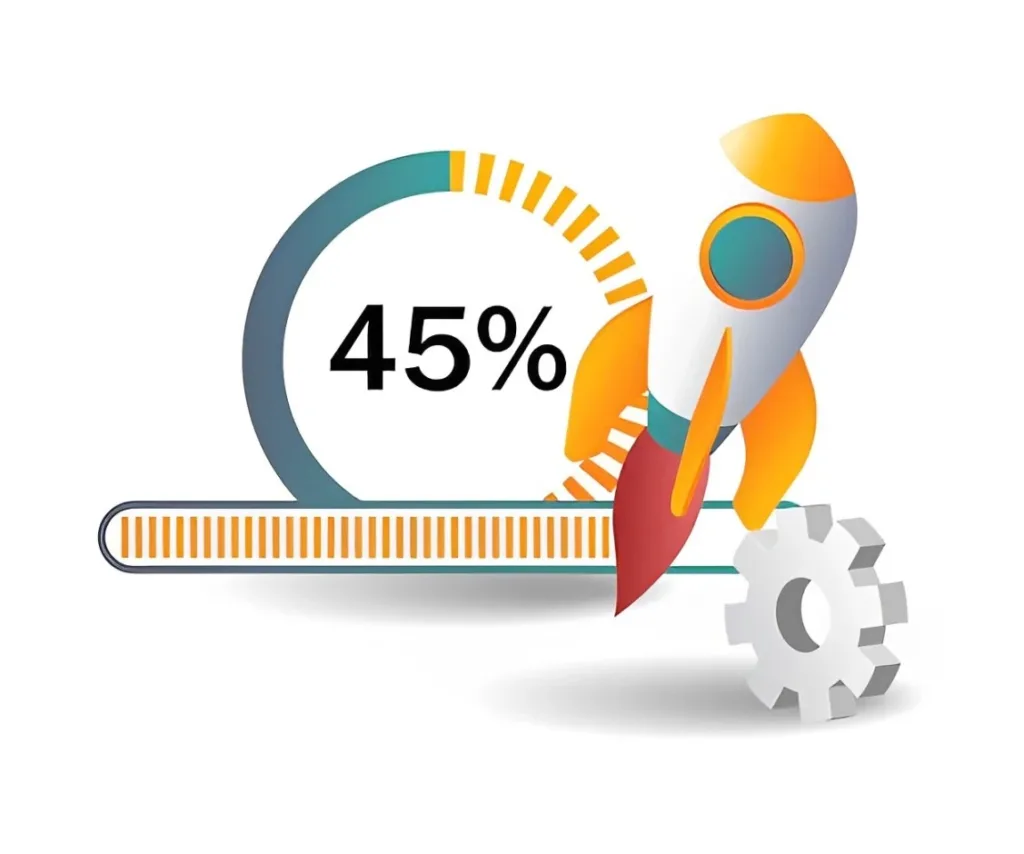A Website Design is more than just an aesthetic choice it plays a crucial role in search engine optimization SEO. Website designers in Dubai and beyond must understand how various design elements influence SEO performance to create sites that not only look great but also rank well on search engines like Google.
Fast Loading Times

One of the most critical factors in both user experience and SEO is the speed at which your website loads. Slow-loading pages frustrate users, leading to higher bounce rates, which can negatively impact your SEO rankings. Google’s algorithm takes page speed into account, meaning that even a few seconds’ delay can result in lower search rankings. Website designers should prioritize optimizing images, leveraging browser caching, and minimizing HTTP requests to ensure the fastest possible load times.
Mobile Friendliness

With the majority of web traffic now coming from mobile devices, having a mobile-friendly website is essential. Google uses mobile-first indexing, meaning it primarily considers the mobile version of a site for ranking purposes. A responsive design that adapts to various screen sizes ensures that users on smartphones and tablets have a seamless experience. Website designers who focus on mobile responsiveness not only enhance user satisfaction but also improve the site’s chances of ranking higher in search results.
User-Friendly Navigation

A well-structured website with easy-to-use navigation is key to keeping visitors engaged and reducing bounce rates. If users can quickly find the information they need, they’re more likely to stay on the site longer, explore more pages, and even convert into customers. From an SEO perspective, clear navigation improves crawlability—how easily search engine bots can index your site. Website designers should implement logical site architecture, use descriptive menu labels, and minimize the number of clicks needed to reach important content to boost both user experience and SEO performance.
Optimized Images and Multimedia

High-quality images and multimedia elements can enhance the visual appeal of your site, but if not optimized, they can slow down loading times. Website designers should ensure that images are compressed without sacrificing quality, use proper file formats, and include alt text for accessibility and SEO. Alt text provides context to search engines about what an image represents, helping improve the site’s relevancy for specific keywords.
Consistent Design and Branding

Consistency in design and branding across your website not only helps in building brand recognition but also contributes to SEO. A cohesive design encourages longer visits, as users feel more comfortable navigating a well-designed site. Additionally, consistent use of fonts, colors, and styles across pages can reduce confusion and improve the overall user experience, which is indirectly beneficial for SEO.



